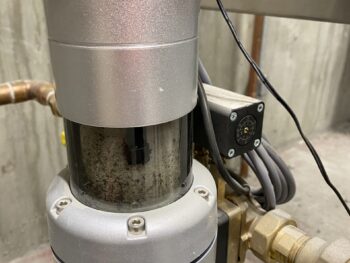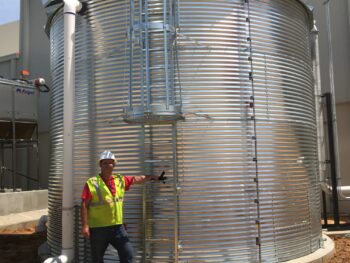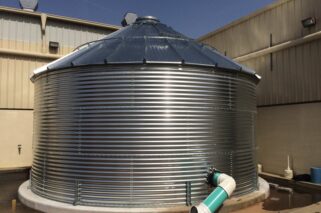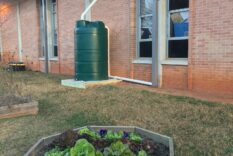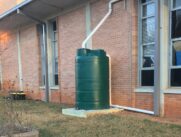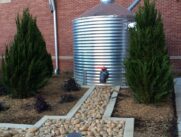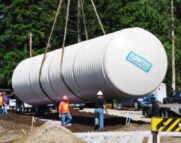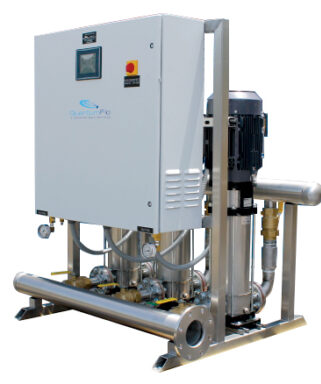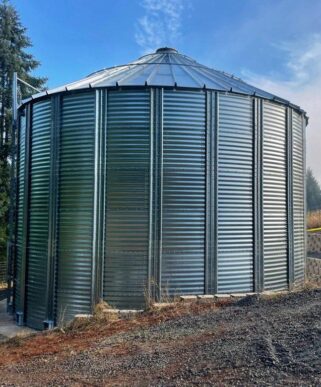
Georgia Water Tanks is a manufacturer's rep company, providing water tanks, pumps, and filters on commercial and residential projects.
We were founded January 2014 with the goal of making rainwater harvesting a part of every construction project where stormwater management is required. As we grow, we look for ways to leverage our manufacturers' capabilities in all markets we serve.
Our goal for every project is to "make it work the way everybody thinks it should." To that end, we provide design assistance, custom coordination drawings, and commissioning on all our rainwater packages. More than commissioning, we provide jobsite supervision, to help all trades learn this "new" concept.
Projects

NCR Headquarters
Utilizing rainwater and groundwater in a 20 story office building.

Georgia Tech Dalney Office Building
The current prototype for rainwater harvesting for toilet flushing in a commercial building.

North Avenue Presbyterian Church
Rainwater harvesting for cooling tower makeup. The least expensive stormwater management solution on this urban property.

282 Alaska Avenue
Rainwater Harvesting for irrigation on a city lot.

Kendeda Building, Georgia Tech
The first rainwater - to- potable in a commercial building in Georgia.

InterFace/FLOR Headquarters
WELL Building compliant drinking water. Rainwater Harvesting.
GET TO KNOW
Our Founder
A 1989 graduate of Georgia Tech, Richard has worked in the field of water pressure control his entire career, first as a regional salesperson for the Watts rep, providing design assistance, customer service, and occasional field support for backflow preventors, PRV's, relief valves, and the rest of the Watts line. Then at SyncroFlo, where duties included continued product development of the IronHeart line. It was at SyncroFlo that he discovered the concept of rainwater harvesting. . .

